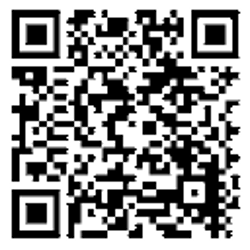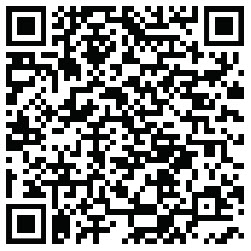Prep | Check | Know
Prepare your boat
- Service your engine regularly
- Check the hull for damage
- Ensure the bilges are clean and dry
- Check and test your batteries
- Test steering
- Check that electrical equipment and navigation lights work
- Ensure the bung is in.
Check the weather forecast and your gear
Checking the weather before you head out on the water is essential to prepare for a safe trip.
Coastguard
VHF channels 19, 20, 79.
Download the Coastguard NZ app.

Maritime radio
VHF channels 67, 68, 71.
Forecast times: 0533, 0733, 1033, 1333, 1733, 2133 hrs.
Live wind and wave data buoys
Whangārei Harbour:
www.northport.co.nz/weatherfeed
Bay of Islands (off the Ninepin):
www.nrc.govt.nz/waves
| If in doubt, don't go out! |
Equipment checklist
Life jackets – suitably sized for each person on board. If you are on a vessel six metres and under, you must wear your life jacket when you’re underway and if there is heightened risk.
Fuel – have a third to get there, a third to return and a third in reserve.
Communication devices – take two ways to call for assistance: a waterproof cellphone, VHF EPIRB, PLB or flares.
Navigation – chart, GPS, plotter, depth sounder and navigation lights.
Anchor – suitable for vessel with chain and non-floating rope.
Bailing system – bucket, bailer or bilge pump.
Fire extinguisher – store in appropriate case.
First aid kit – for minor accidents or injuries.
Torch – with spare batteries.
Throw line – in case of person overboard.
Alternative means of propulsion – oars or spare engine.
|
Make sure all passengers know what safety gear is on board, where it's stored, and how to use it. |
Know the rules
The skipper is responsible for the safety of the vessel and passengers.
You must be aged over 15 to operate a vessel capable of going 10 knots or more.
Plan your safe route before departure and make sure someone on shore knows your plans.
Use your VHF radio to file a trip report with your local Coastguard, stating:
- Name of vessel.
- Where you are going.
- How many people are on board.
- When you expect to return
- Close your trip report once you have returned safely.
Failing to close a trip report with Maritime Radio is unlikely to spark a rescue. Telling someone where you are going and when they should call Police on 111 if you don’t return is key.
Keep to the speed limit - all boats must go 5 knots (9.25 km/h) or less:
- Within 50m of people in the water and other vessels or structures.
- Within 200m of shore or within 200m of a boat flying a dive flag.
Keep a good look out and have an additional person observing when towing.
Don’t overload your vessel.
Don’t drink alcohol and go boating.
|
To learn the 'road' rules, including how to correctly display lights and when to give way, we thoroughly recommend that all skippers and boat owners complete a recognised boating education course relevant to their vessel. Coastguard Boating Education offers a variety of courses, including Day Skipper, Boatmaster, and Marine VHF Radio. For more information, visit: www.boatingeducation.org.nz/courses or phone 0800 40 80 90. |

